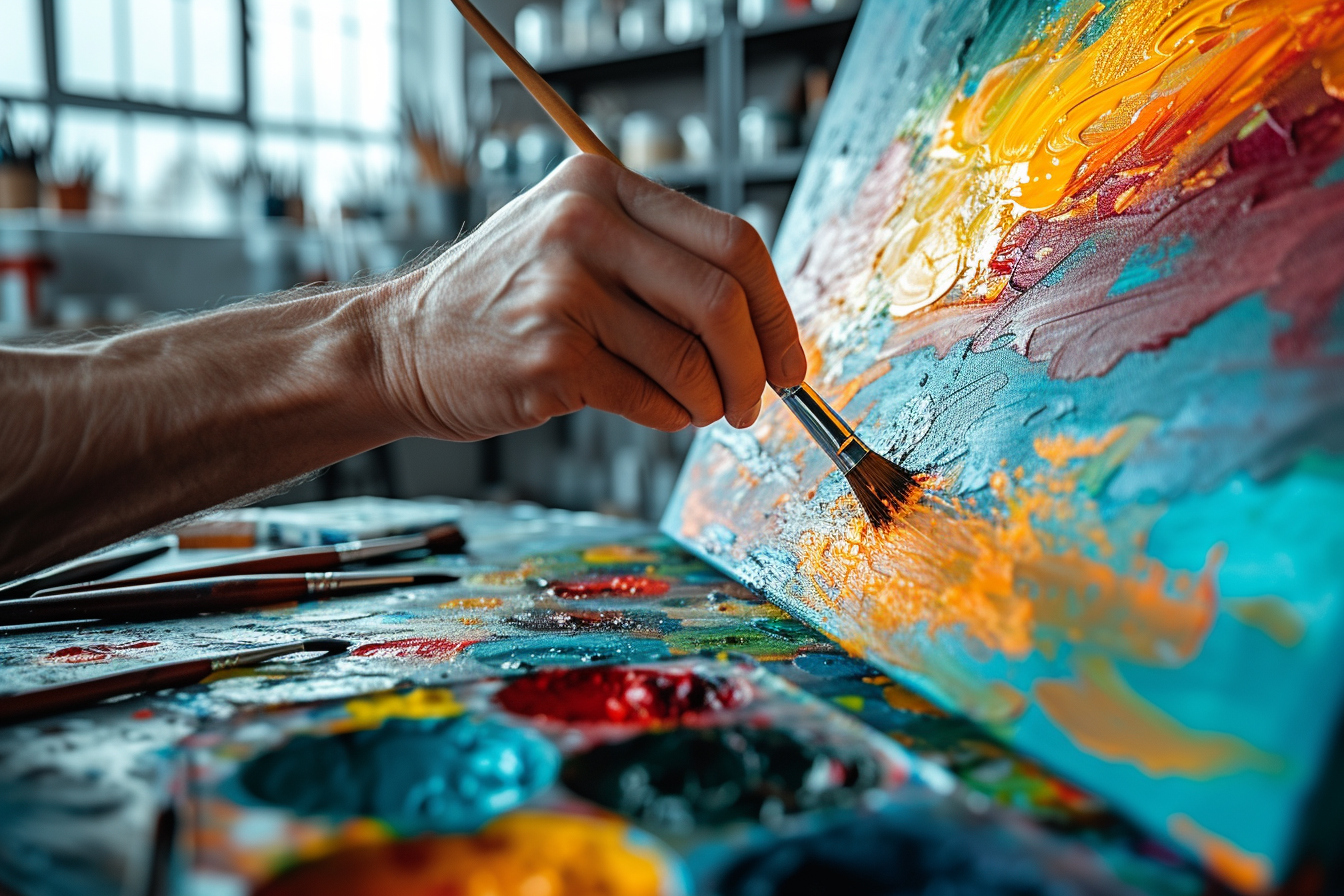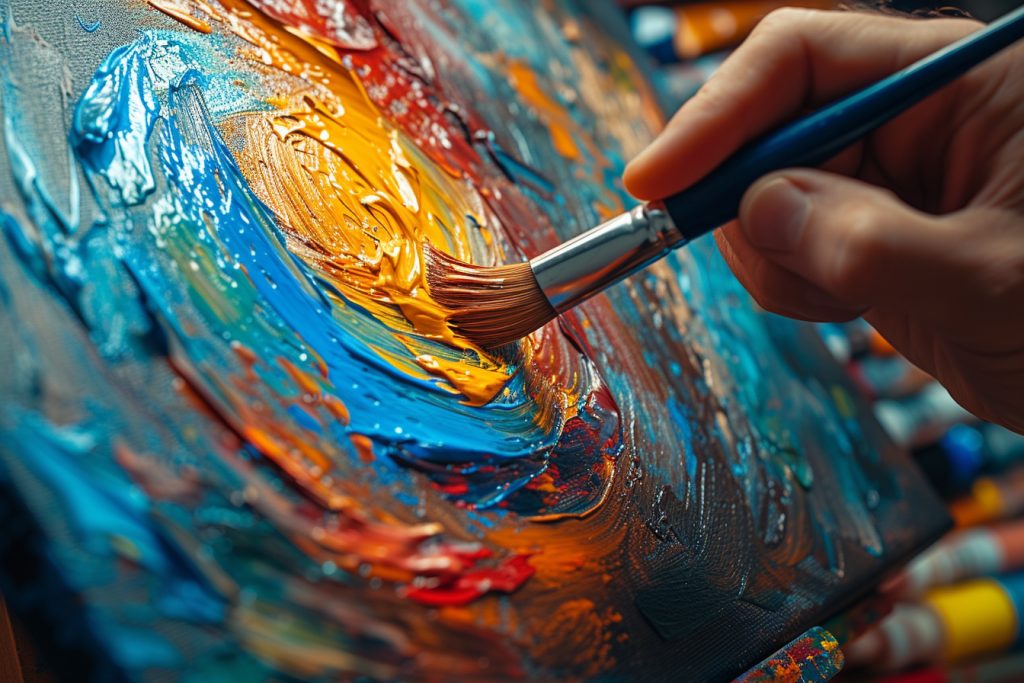Creating abstract paintings can be a liberating experience; it allows you to express your creativity without the constraints of accurate representation. Abstract art can evoke emotions and thoughts in ways that realistic art may not, often leaving interpretation up to the viewer. For artists and enthusiasts looking to dive into the world of abstract painting, understanding the step-by-step techniques can be incredibly beneficial. Let’s embark on this journey of artistic exploration and discover how to unleash your inner artist through abstract painting.
Understanding abstract art
Before picking up a brush, let’s grasp what abstract art truly means. Abstract art is not an attempt to capture the realistic rendition of a subject but instead uses color, form, shape, and gestural marks to achieve its effect. It can range from slightly altered reality to complete non-representational works.
Preparing your canvas
Setting up the canvas is the first step. It’s essential to choose the right size for the space where you plan to work and eventually display your art. After selecting a canvas, apply a coat of gesso to prime the surface, ensuring that the paint adheres properly and the texture is to your liking.
Choosing a color palette

Selecting a color palette sets the tone for your piece. When you’re determining your colors, consider the mood you want to evoke. Warm colors can convey energy and excitement, while cool colors tend to have a calming effect. Don’t feel bound by natural color schemes—abstract art thrives on experimentation.
Exploring techniques
Starting with a concept
While abstract art does not depict reality, beginning with a concept can help direct your creative flow. This might be an emotion you want to express, a piece of music that inspires you, or even a philosophical idea. Keep this concept loosely in mind as you work, allowing it to guide your color choices and brush strokes.
The base layer
Your first layer of paint is all about setting a foundation. This is where you can play with backgrounds. Consider using a wash, a thin, transparent layer of color, to create depth. Alternatively, a solid, bold color can make a dramatic statement and provide a striking contrast for subsequent layers.
Adding texture
Texture brings a tactile dimension to your work. Use tools like palette knives, sponges, or even your fingers to apply and manipulate thick layers of paint. You can also embed items like sand or small objects into the paint to create unique, three-dimensional effects.
Mark making
Consider the marks you’re making with your brush or tools. Each brushstroke communicates a different emotion or energy. Long, fluid strokes can appear calm and serene, while short, choppy strokes might convey tension or vibrancy. Let your emotions guide the types of marks you make.
Experimenting with tools
Diversity in your tools is key. Paintbrushes, knives, and even household items like plastic wrap or cardboard can become tools for creating patterns and effects. Try different implements to see what kinds of textures and marks they produce, and think about how these integrate with your painting’s concept.
Building layers
Layering is crucial in abstract painting. Build layers gradually, allowing areas to dry before applying new ones. This will enable you to create complexity and richness in your work. Don’t be afraid to let some of the underlayers show through; this can add a sense of history and depth.
Fine-Tuning with glazes
Glazing involves applying a thin, transparent layer of paint over another fully dried layer. This technique can adjust the hue or value of the areas beneath it, adding complexity and nuance to your colors. Experiment with different opacities and shades to see how glazes can transform your work.
Embracing imperfection
Abstract art doesn’t require precision. Embrace the drips, smudges, and happy accidents. These imperfections can become integral parts of your painting, adding character and spontaneity.
Knowing when to stop
One of the toughest skills to master in abstract art is recognizing when a painting is complete. This often comes down to intuition. Step back from your work, view it from different angles, and return to it after a break. If nothing stands out as unfinished or jarring, it might be time to put down the brush.
Final thoughts
Creating abstract paintings is about exploring the inner recesses of your creativity. These techniques are designed to guide and inspire, but remember that there are no strict rules. Trust your instincts, let your emotions guide your hand, and watch as colors and shapes coalesce into something uniquely yours. The art of abstract painting is deeply personal and continuously evolving. Embrace the journey, and enjoy the boundless opportunity for expression that awaits.









